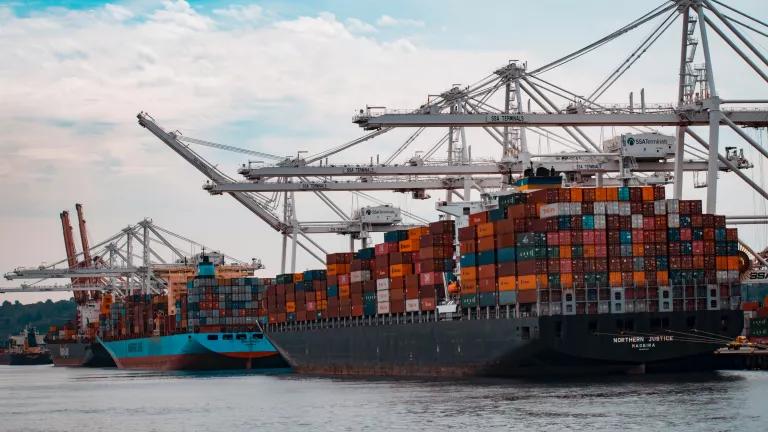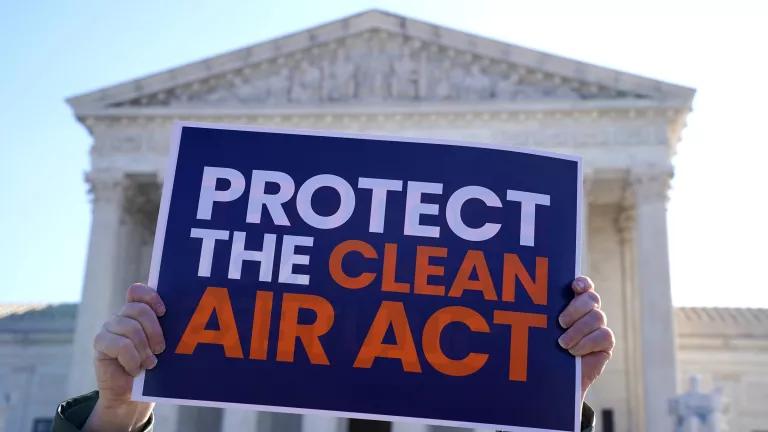California Makes History with Clean Trucks Rule
In a groundbreaking win, CARB adopted the world’s first zero-emission commercial truck requirement, the Advanced Clean Trucks rule. The rule, which requires truck makers to sell an increasing number of clean, zero-emission trucks in California in place of dirty diesel and gasoline, will cut toxic fossil fuel emissions in polluted communities throughout the state.
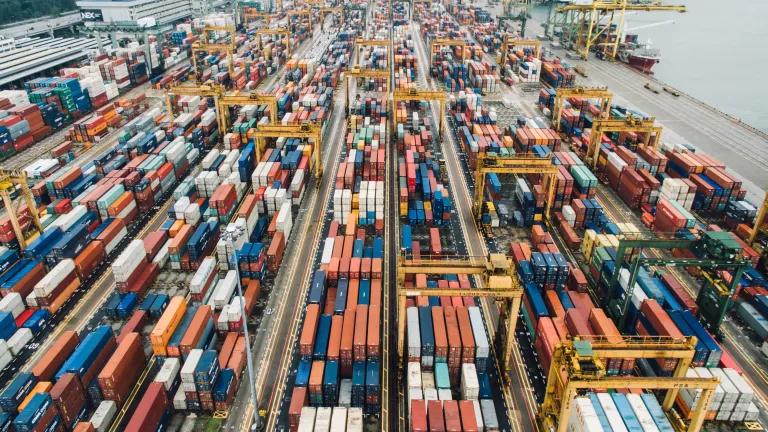
Photo by chuttersnap on Unsplash
In a groundbreaking win, the California Air Resources Board (CARB) unanimously adopted the world’s first zero-emission commercial truck requirement, the Advanced Clean Trucks rule. The rule, which requires truck makers to sell an increasing number of clean, zero-emission trucks in California in place of dirty diesel and gasoline, will cut toxic fossil fuel emissions in polluted communities throughout the state.
Cleaning up truck emissions is long overdue for the communities near freeways, ports, and freight hubs that disproportionately suffer from harmful air pollution. Many of these communities, which are predominantly communities of color and low-income communities, have over 1,000 diesel trucks rumbling through per hour. As a result, residents suffer from high rates of asthma and elevated cancer risks, leading doctors to label these areas “diesel death zones.” Further, preliminary research suggests that counties with higher long-term levels of air pollution also suffer higher COVID-19 death rates.
Thousands of NRDC members submitted public comments in favor of the rule, joining frontline communities, organized labor, public health advocates, the clean technology industry, and environmentalists to support the adoption of the rule. Many of these groups participated in CARB’s multi-year public process to carefully weigh the issues and design the standard.
The final rule will dramatically shift California’s medium- and heavy-duty truck market away from dirty fossil fuels to zero-emission technology. Beginning in 2024, manufacturers must increase their zero-emission truck sales to between 30-50 percent by 2030 and 40-75 percent by 2035.
The Board also directed CARB staff to determine how to transition California’s truck fleet to 100 percent zero-emission vehicles by 2045 with earlier targets for market segments such as drayage trucks, first- and last-mile delivery, garbage trucks, local buses, and utility and government vehicles.
The following chart shows the percent of new truck sales by Class that must be zero-emission through 2035:
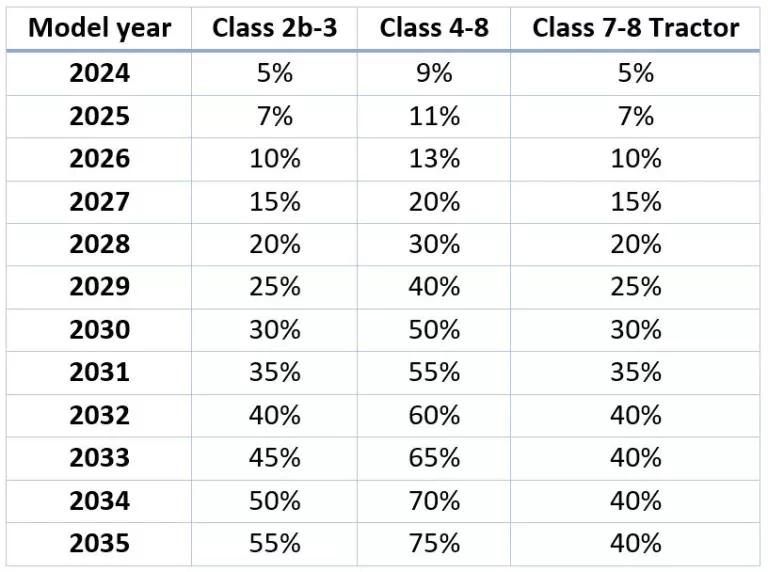
Delivering on Public Health, Jobs, and the Economy
The rule’s health and economic benefits are substantial and include:
- $8.9 billion in health savings from 2020 to 2040;
- 7,442 new jobs created by 2040;
- $1.7 billion in avoided CO2 emission by 2040;
- $5.9 billion in industry savings by 2040; and
- $282 million added to state GDP by 2040.
While Washington Tweets, States Lead
This first-of-a-kind policy for trucks builds on California’s experience with a similar rule for passenger vehicles known as the Advanced Clean Cars Program. Although the Advanced Clean Truck rule is a California standard, its impact will be felt nationwide—not least because of California’s extensive freight industry and large truck market. Like the Advanced Clean Cars program, the Advanced Clean Trucks rule was closely watched by numerous states interested in the rule and other supportive zero-emission vehicle strategies for public health, economic, and environmental reasons. States are leading the transition to a clean technology future at a time when the Trump Administration is stuck maintaining a fossil fuel past.
Big Trucks and Big Numbers
This is a big rule. It covers F-250 pick-ups, 18-wheelers, and everything in between. By 2035 over 300,000 zero-emission trucks could be sold in California and roughly 60 percent of new truck sales could be zero-emission, based on NRDC’s estimates:
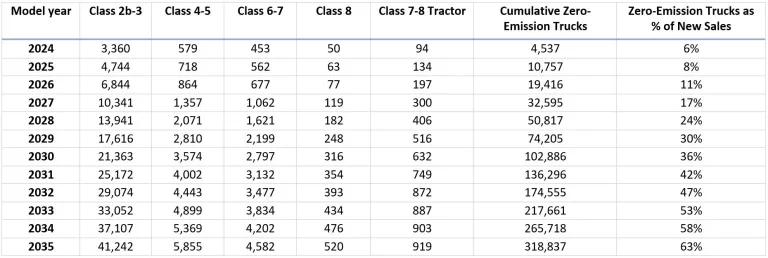
The Year of the (Clean) Truck
For those demanding the right to clean air, 2020 is poised to be a watershed year. With the Advanced Clean Truck rule under its belt, CARB will turn to the recent proposal to clean up emissions from new diesel trucks (known as the Heavy-Duty Omnibus rule) as well as requirements for fleets that parallels the Advanced Clean Truck rule (known as the Clean Truck Fleet rule). Strong Heavy-Duty Omnibus and Clean Truck Fleet rules are vital to create further demand for zero-emission trucks and deliver much needed health benefits to communities across the state.
Today California took a significant step forward, demonstrating how states can play a pivotal role in charting a new course for the country to protect public health while building the backbone of a cleaner, more equitable economy.
